Military life is always an adventure, but moving overseas takes things to another level. In a lot of ways, it’s the best of both worlds: you get to travel the world and experience a foreign country for a year or more, but you still have the safety net of a familiar job and fellow service members.
Most people who get stationed overseas buy old cars that have made the rounds among service members, but an OCONUS assignment is also a great opportunity to drive something that isn’t available in the U.S. If you’re looking for something exciting, we rounded up the best Japanese cars to buy while you’re stationed in Japan.
If Japanese domestic market (JDM) cars are so great, why can’t we buy them in the U.S.? Importing cars from overseas involves significant legal hurdles. Manufacturers have to pass strict safety and emissions standards that can end up being cost-prohibitive. Shipping is also expensive. That isn’t a problem for most consumer cars but if a vehicle's primary appeal is a super-low price, the cost of getting it across the Pacific can bump it into a higher price range where it’s no longer competitive. Finally, cars that are great to drive in Japan often don’t make any sense on U.S. roads. Can you imagine a car with a 0.6-liter engine trying to keep pace on the highway?
Bottom line: while you’re stationed at one of the many U.S. military installations in Japan, you should make an effort to enjoy a once-in-a-lifetime experience. These are fantastic cars that most of us will never see, let alone have an opportunity to own.
Suzuki Jimny
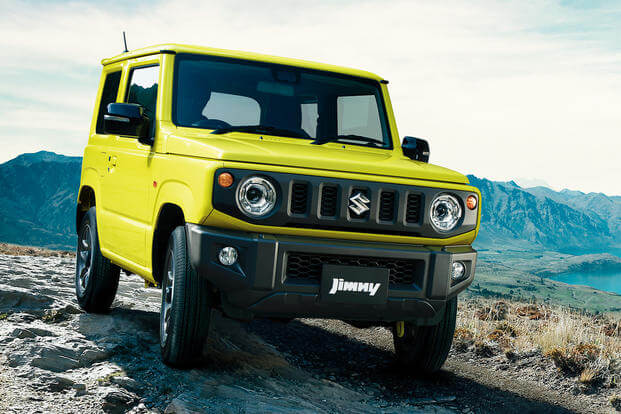
If I received orders to Japan, I would step off the plane and walk straight to the nearest Suzuki dealership to buy the brightest lime green Jimny they had. This little 4x4 is tiny but mighty, with a punchy turbocharged 660-cc three-cylinder engine, four-wheel drive with a low-range transfer case, and an old-school ladder frame. It’s even available with a manual transmission. If you want even more power (a total of 101 horsepower, to be exact), a naturally aspirated 1.5-liter engine is available in the Jimny Sierra.
If the Jimny looks familiar, that’s because Suzuki used to sell its sibling, the Samurai, in the U.S. The light and nimble Samurai is a legend in the American off-roading community, but it hasn’t been available in the States since 1995.
Opportunities for off-roading in Japan are extremely limited but remote, unpaved mountain roads offer plenty of adventure. If you venture into northern Japan during winter, you’ll be glad to have the Jimny’s proven four-wheel drive. There isn’t much room for cargo in the Jimny but it can easily slip through dense city traffic and make parking less of a hassle, and you’ll save money on gas and registration, especially with the three-cylinder engine.
Suzuki lists a starting MSRP of 1,555,400 yen for the base-level Jimny XG. That comes out to $10,860 at the time of publishing. You’ll spend significantly less for a used Jimny and there are plenty to choose from. According to recent auction results, a 2016 Jimny with Suzuki’s three-cylinder engine should sell for around 950,000 yen ($6,630).
Toyota GR Yaris
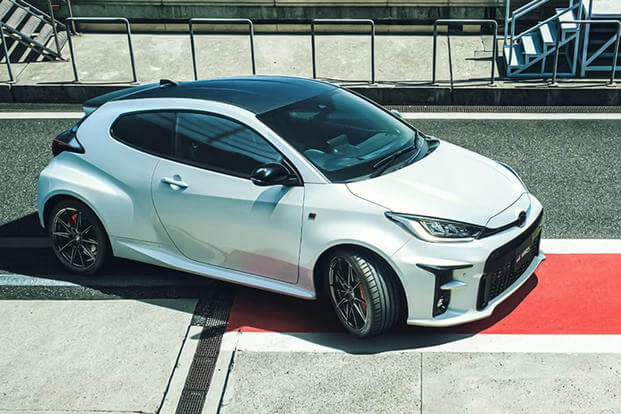
When Toyota revealed the GR Yaris in 2020, American car enthusiasts were simultaneously thrilled and heartbroken. Gazoo Racing blessed the diminutive Yaris hatchback with a turbocharged 1.6-liter three-cylinder engine making 261 horsepower, all-wheel drive, and a manual transmission. The whole package was developed for rally racing and offered to the public to meet homologation requirements. And it’s not allowed in the U.S.
That’s right, Toyota sells an all-terrain race car that’s roughly the size of an overloaded rucksack. Sadly, the very coolest Japanese cars rarely make it to North America. Being stationed in Japan is a true blessing for car nuts who want to taste this little speed nugget without waiting 25 years to take the first bite.
According to Toyota, the GR Yaris starts at 2,650,000 yen. At the time of writing, that equates to roughly $18,500. Yes, that’s a significant chunk of change to spend on a car you’ll only own for two or three years, but you shouldn’t have any trouble selling such a hot commodity to either another service member or a Japanese citizen.
Honda e
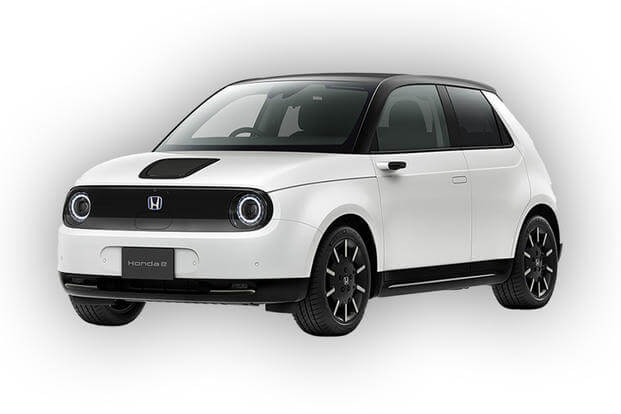
If you’re bored with the limited selection of EVs in the U.S., a PCS to Japan could be your chance to drive something fun, electric, and possibly quite rare. The Honda e is a stylish little hatchback that looks like it came to life out of a Pixar movie.
The Honda e is surprisingly spacious inside and boasts a massive high-resolution display running the width of the dash, but it isn’t a performance machine. The 35-kilowatt-hour battery has a limited range of 259 kilometers (161 miles), although range in the real world will be less (Honda UK lists the e’s range as only 137 miles). Maximum power is listed at 150 horsepower and the e takes 8.3 seconds to get from 0 to 60 miles per hour, so it isn’t a speed demon, either.
The Honda e is perfect for short trips and commuting as long as you have reliable access to charging. If you need to venture far from your base, take advantage of Japan’s superb public transportation options.
The Honda e ceased production in January 2024. Part of the problem has to be the car’s 4,950,000-yen price (more than $34,500). That’s too bad because it looks like a great entry into the compact market for EVs. If you’re interested in driving one, now is your chance.
Mazda Flair Wagon
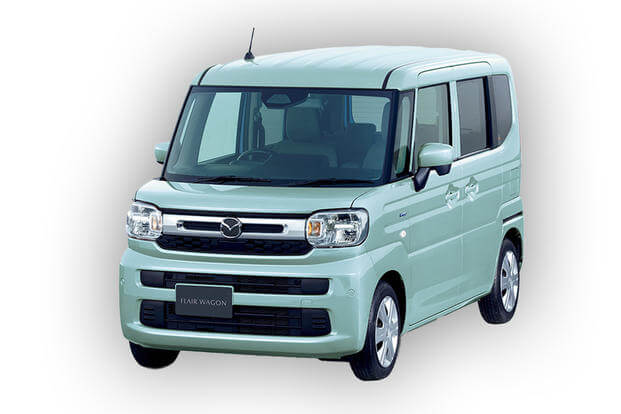
Disclaimer: This is not a wagon and there is no flair, but it is a fantastic name. Honestly, most of the appeal of this car is being able to yell at your friends from across the parking lot to get in the Flair Wagon.
The Flair Wagon might look like something you’d see buzzing around the flight line, but I assure you it’s a street-legal vehicle you can indeed buy and drive in Japan. It’s a great option for families who want a vehicle that can fit everyone in (relative) comfort while still taking advantage of a kei car’s minuscule proportions and budget-friendly tax and insurance benefits.
Like the Suzuki Jimny, the Mazda Flair Wagon comes with a 660cc three-cylinder engine. The Mazda is more city-oriented, though, with a fuel-saving CVT instead of a conventional gearbox and low ground clearance. The interior isn’t fancy but it benefits from the typical build quality associated with modern Japanese cars.
A two-wheel-drive base model costs 1,541,100 yen, according to Mazda. That’s around $11,000 and you can step up to higher trim levels like the Flair Wagon Custom Style if you want more creature comforts. The Flair Wagon is also available in a wheelchair-accessible version.
Lexus LM

It will come as no surprise that the Lexus LM is the most expensive car on this list by far. Realistically, nobody without multiple stars on their collar or an office at Raytheon can afford one (its 20,000,000-yen price is nearly $140,000), but it’s so impressive that you should at least take a trip to a Japanese Lexus dealer to see one for yourself.
What looks like a modest minivan is actually a cunning way to pack as much luxury and cutting-edge technology into one vehicle as possible. The two back seats, where you would ideally be chauffeured about town, are leather recliners appointed with a refrigerator (for your favorite vintage bubbly, of course), remote-controlled privacy shades, individual climate control, and a widescreen TV spanning the width of the vehicle. You can (or could, if you won the lottery) control all of this opulence with a removable touchscreen control in the leather-wrapped armrest of each seat.
Who knows, maybe you’ll save a wealthy Japanese businessman from being struck by traffic and he’ll buy you an LM to show his gratitude. Maybe prices will crater to the tune of 90%. Or perhaps all we can do is dream of being whisked about downtown Tokyo in one of these mobile relaxation cocoons. At least you know what your options are.
FAQ
Can I use my U.S. driver’s license in Japan?
No, U.S. service members who want to drive in Japan have to do more than find a great deal on a local car. Any member of the U.S. military or dependent who wants to drive in Japan needs to obtain a U.S. Forces Japan form 4EJ (USFJ-4 EJ) through the appropriate command. Your car will also have to meet your command’s criteria for base registration.
You’ll need to attend classroom training, pass a written test, and provide proof of a valid U.S. or international driver’s license to obtain permission to drive in Japan.
What is the Shaken, and are Japanese used cars reliable?
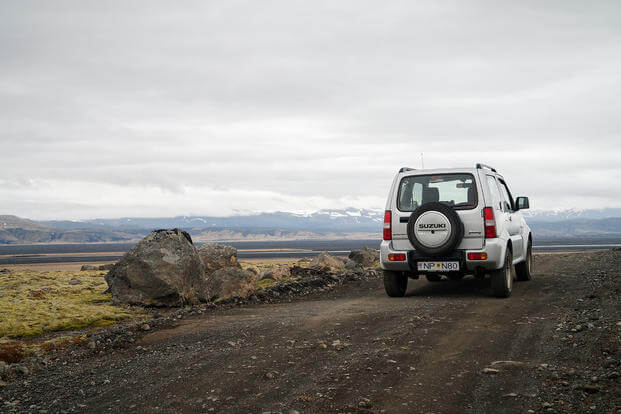
All of these picks are available as new cars, but it’s worth noting that Japan has a thriving used car market. Vehicle inspections known as shaken uphold an extremely high standard for safety, maintenance, and overall condition so any used car you buy in Japan is likely to be very well cared for.
Some of the most popular used cars in Japan, especially among Americans, are the Toyota Hiace and Suzuki Jimny. Even though they’re tiny and inexpensive, their build quality is very good and you can get a reliable vehicle for a very reasonable price. If you’re interested in comparing new and used vehicles, Lease Japan has an informative breakdown of the Japanese car-buying process.
Can I Bring My Japanese Car Back to the US?
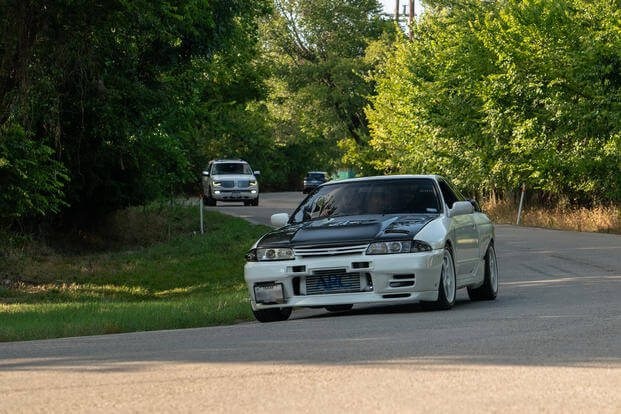
It is possible to import cars to the U.S. yourself, and the process can be surprisingly easy. If you’re interested in keeping your Japanese car, make sure you do your homework before buying it. New cars that aren’t available in the U.S. are not eligible for import (with very few exceptions). According to the National Highway Traffic Safety Administration, cars that are more than 25 years old can be imported without being subjected to U.S. vehicle standards.
Once Stateside, you’ll have to deal with the usual registration process. Some states are more tolerant of imported vehicles than others; California is notoriously strict about making drivers modify their cars to meet current emissions standards. Insuring a gray-market car is a little more complicated, too, so look into what it would cost to insure your JDM car in the U.S. before starting the export/import process.
Professional export services are available in Japan to assist with this, and you’ll have a big advantage in seeing the vehicle in person rather than via email in the U.S. You can also handle the paperwork and logistics yourself if you’re ambitious. I know people who have done it both ways and either can be successful.
Want to Know More About the Military?
Be sure to get the latest news about the U.S. military, as well as critical info about how to join and all the benefits of service. Subscribe to Military.com and receive customized updates delivered straight to your inbox.











